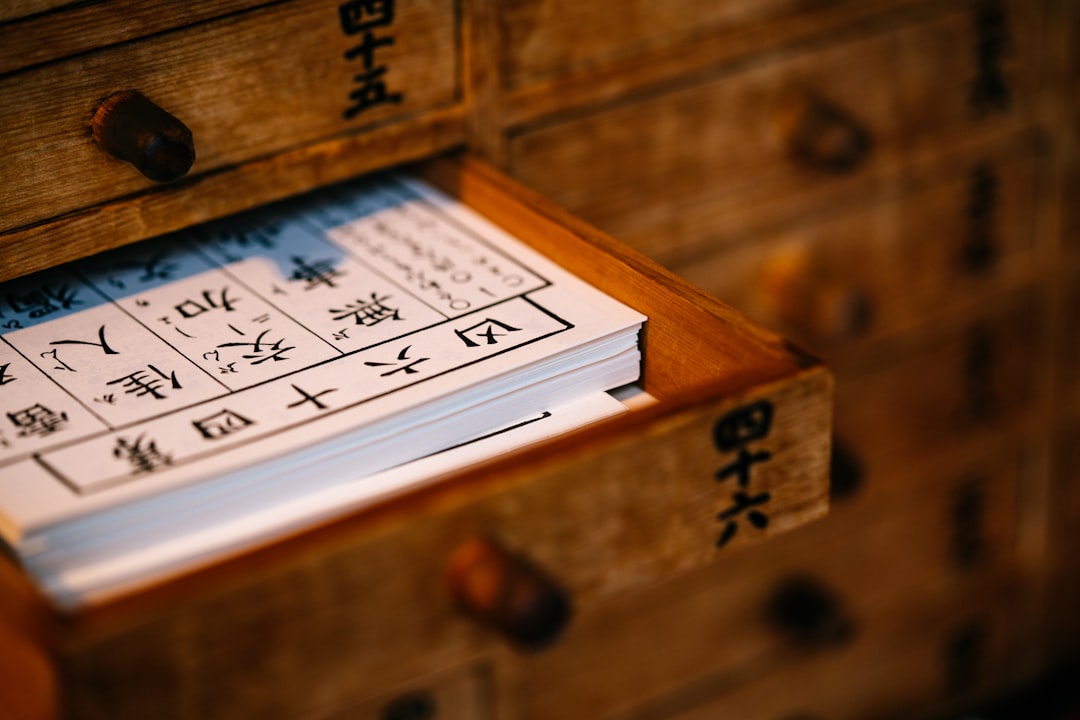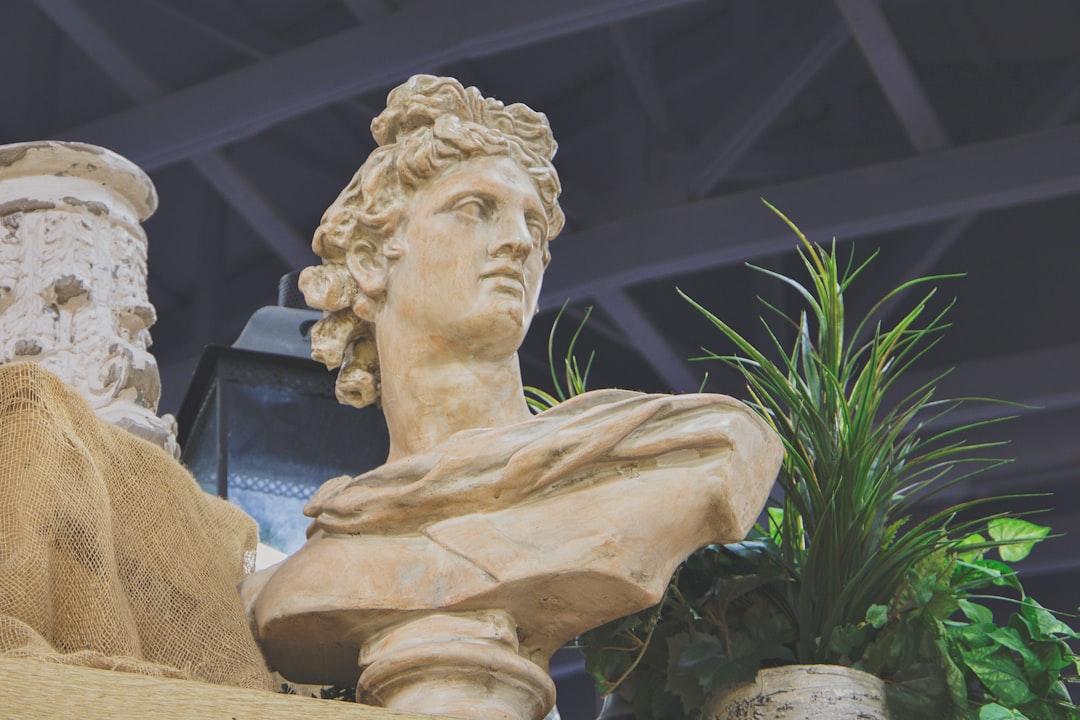
Korean culture is rich in tradition and history, and one of the most fascinating aspects is its traditional brewing methods. Among these methods is the Toji JJK, a unique and intricate process that has been passed down for generations. In this article, we will explore the traditional Korean brewing method of Toji JJK, its history, and its significance in Korean culture.
What is Toji JJK?
Toji JJK, also known as Toji Figure JJK, is a traditional Korean brewing method that has been used for centuries to make various alcoholic beverages, including rice wine, rice beer, and rice liquor. The term “Toji” refers to the master brewer, while “JJK” stands for “Jang-Ji-Ki”, which translates to “fermentation vessel”. This method involves the use of a unique fermentation vessel, which is a large earthenware jar, to ferment the ingredients and create the desired alcoholic beverage.
The History of Toji JJK
The origins of Toji JJK can be traced back to the Goryeo Dynasty (918-1392), where it was used to make medicinal rice wine. However, it wasn’t until the Joseon Dynasty (1392-1910) that Toji JJK became a popular method for making various alcoholic beverages. During this time, the Toji JJK method was refined and perfected, and it became an essential part of Korean culture.
The Significance of Toji JJK in Korean Culture

Toji JJK is not just a brewing method; it is a significant part of Korean culture. The Toji, or master brewer, is highly respected in Korean society, and the Toji JJK method is considered a form of art. The Toji is responsible for creating the perfect balance of ingredients and overseeing the fermentation process, which can take anywhere from a few weeks to several months. The Toji’s role is crucial, as they must ensure that the final product is of the highest quality and adheres to traditional methods.
The Process of Toji JJK
The Toji JJK method involves several steps, each of which is crucial to the final product’s quality and taste. Let’s take a closer look at the process of Toji JJK.
Step 1: Preparing the Ingredients
The first step in the Toji JJK process is preparing the ingredients. The main ingredient used in Toji JJK is rice, which is washed and soaked in water for several hours. The rice is then steamed and cooled before being mixed with other ingredients, such as yeast, water, and malt.
Step 2: Fermentation
Once the ingredients are mixed, they are placed in a large earthenware jar, which is then sealed with a lid. The jar is then buried in the ground, where it will remain for several weeks or months, depending on the type of alcoholic beverage being made. During this time, the fermentation process takes place, and the Toji must monitor the jar’s temperature and adjust it accordingly.
Step 3: Filtering and Bottling
After the fermentation process is complete, the Toji will filter the liquid to remove any impurities. The filtered liquid is then bottled and sealed, ready to be enjoyed.
Toji JJK Figures

Toji JJK figures are a unique and essential part of the Toji JJK brewing method. These figures are small clay figurines that are placed on top of the fermentation jar’s lid. They are believed to bring good luck and protect the jar from evil spirits. The Toji JJK figures are also a symbol of the Toji’s expertise and are often passed down from generation to generation.
Toji JJK Today
While modern brewing methods have become more prevalent in Korea, Toji JJK is still widely used and highly respected. Many traditional Korean restaurants and bars still use the Toji JJK method to make their own rice wine, beer, and liquor. The Toji JJK method has also gained popularity among home brewers, who are looking to preserve traditional Korean brewing methods.
Conclusion
Toji JJK is a traditional Korean brewing method that has been passed down for centuries. It is a significant part of Korean culture and is still widely used today. The Toji JJK method is not just a way of making alcoholic beverages; it is a form of art that requires skill, patience, and dedication. So, the next time you enjoy a glass of traditional Korean rice wine, remember the Toji JJK and the rich history and culture behind it.
You may like reading about the following:
For more information, visit Apzo Media






























































